Wanshui Li
Immersive Text Game and Personality Classification
Mar 20, 2022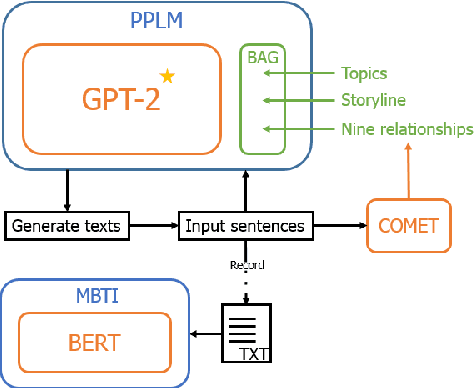
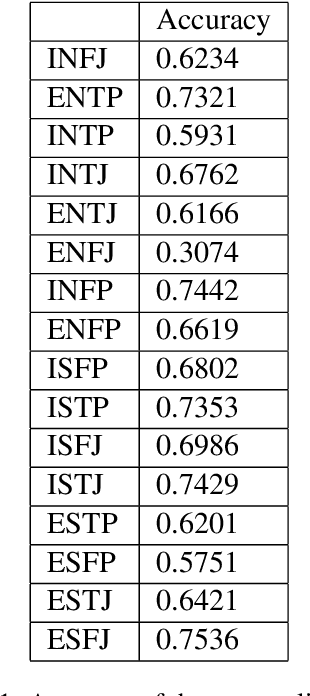

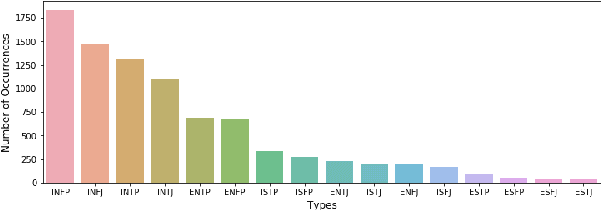
Abstract:We designed and built a game called \textit{Immersive Text Game}, which allows the player to choose a story and a character, and interact with other characters in the story in an immersive manner of dialogues. The game is based on several latest models, including text generation language model, information extraction model, commonsense reasoning model, and psychology evaluation model. In the past, similar text games usually let players choose from limited actions instead of answering on their own, and not every time what characters said are determined by the player. Through the combination of these models and elaborate game mechanics and modes, the player will find some novel experiences as driven through the storyline.
Differentiable Reasoning over Long Stories -- Assessing Systematic Generalisation in Neural Models
Mar 20, 2022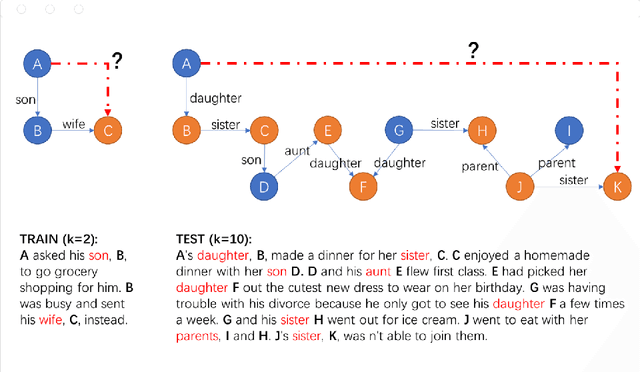
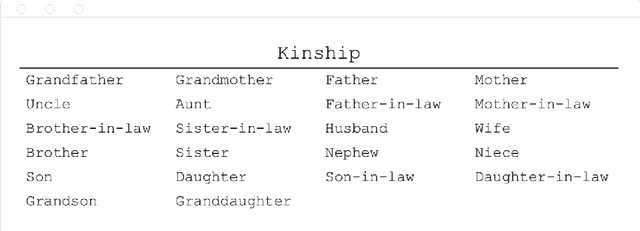
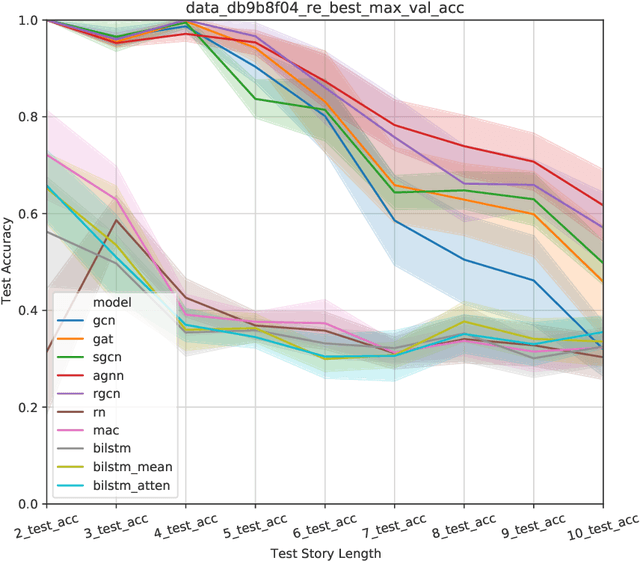
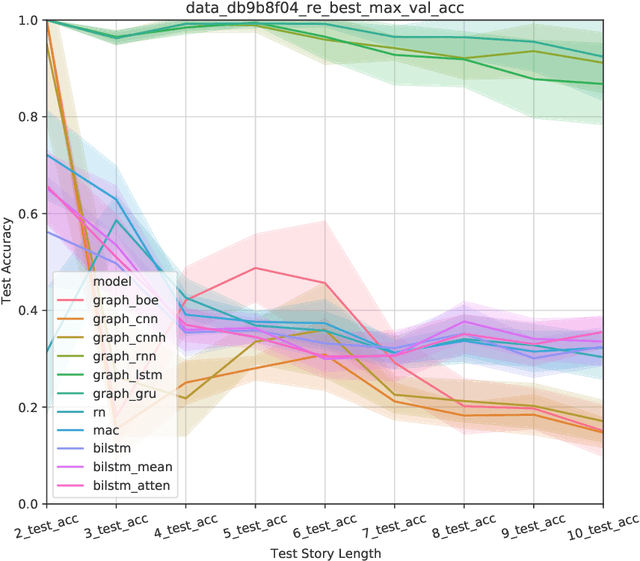
Abstract:Contemporary neural networks have achieved a series of developments and successes in many aspects; however, when exposed to data outside the training distribution, they may fail to predict correct answers. In this work, we were concerned about this generalisation issue and thus analysed a broad set of models systematically and robustly over long stories. Related experiments were conducted based on the CLUTRR, which is a diagnostic benchmark suite that can analyse generalisation of natural language understanding (NLU) systems by training over small story graphs and testing on larger ones. In order to handle the multi-relational story graph, we consider two classes of neural models: "E-GNN", the graph-based models that can process graph-structured data and consider the edge attributes simultaneously; and "L-Graph", the sequence-based models which can process linearized version of the graphs. We performed an extensive empirical evaluation, and we found that the modified recurrent neural network yield surprisingly accurate results across every systematic generalisation tasks which outperform the modified graph neural network, while the latter produced more robust models.
 Add to Chrome
Add to Chrome Add to Firefox
Add to Firefox Add to Edge
Add to Edge